
45 L 15 50 CQ-M3 x 50 L 20 55 CQ-M3 x 55 L 25 60 CQ-M3 x 60 L 30 65 CQ-M3 x 65 L 35 70 CQ-M3 x 70 L 40 75 CQ-M3 x 75 L 45 80 CQ-M3 x 80 L 50 85 CQ-M3 x 85 L 20 5.5 D C 5 45 CQ-M3 x 45 L 10 50 CQ-M3 x 50 L 15 55 CQ-M3 x 55 L 20 60 CQ-M3 x 60 L 25 65 CQ-M3 x 65 L 30 70 CQ-M3 x 70 L 35 75 CQ-M3 x 75 L 40 80 CQ-M3 x 80 L 45 85 CQ-M3 x 85 L 50 90 CQ-M3 x 90 L 25 8 6 MXZ Series Dimensions: MXZ12
63 mm Nil TN TF Rc 80 mm NPT Nil S 2 pcs.
C85NT08A-S C85NT10A-S C85NT10A-S C85NT20A-S C85NT25A-S Mounting nut C85NT08B-S C85NT08B-S C85NT10B-S C85NT10B-S C85NT20B-S C85NT20B-S C75 Standard C75 Double acting, Single rod C75W Double acting, Double rod C75 Single acting (Spring return/extend) Direct mount C75R Double acting, Single rod XC6A only Description Bore size [mm] 32 40 Rod end nut C76NT32A-S C76NT40A-S Mounting nut C76NT32B-S
(Refer to p.3.1-9 .) Table1 ZSE3 ISE3 : PSE511 (For 100kPa) : PSE512 (For 100kPa) : PSE510/520 (For 1MPa) GS 4. Selection of "LED2 display mode" 5. Selection of "OUT1 output mode" 6. Selection of "OUT2 output mode" PS ISA ZSE1 ISE1 Press the button "S". By pressing the button "S", the calibration is completed. "Output mode" is entered by pressing the button "S".
Contact P/A when the AC welding current exceeds 16,000 A.
Type P. 6-16-24 Band, Rail, Tie-rod Mounting MB1 CA2 CS1 C76 C85 C95 P. 6-16-27 Solid State Switches CP95 NCM General Purpose Type P. 6-16-28 Band, Rail, Tie-rod, Direct Mounting Normally Closed Type P. 6-16-39 Direct Mounting 2-color Indication Type P. 6-16-40 Band, Rail, Tie-rod Direct Mounting 2-color Indication Type with Diagnostic Output P. 6-16-46 Band, Rail, Tie-rod Mounting
Note 3) 200 to 240VAC is "S" specification standard. Note 4) Combinations of M and H, H and M, R and S, S and T, L and M are not available.
Port size 2-P Port size 2-M, thread depth N 2-M, thread depth N L L K K DIN terminal: D Conduit terminal: T Cable 6.8 to 10 F S Q 27.5 (Q) D F 25 C R C (44) R R E G 1/2 E G 1/2 A H D (S) B B A H 2-P Port size 2-P Port size 2-M, thread depth N 2-M L L K K N.C. dimensions (mm) Grommet: G Conduit: C DIN terminal: D Conduit terminal: T P Port size Rc A B C D E F H K L M N Model Note) U Q V R
J 500 General purpose cylinder 50 mm/s 100 3000 mm/s 1000 mm/s 2000 mm/s D500 mm/s 400 Cushion chamber Relief valve Relief valve body -X 4. Finish cushioning Stroke [mm] 300 Transfer equipment 400 N, 1000 mm/s (For 32) Transferring to the opposite stroke, air passes through the cushion seal that functions as a check valve, and starts to push the piston. 2050 200 Data 100 50 mm/s 5.
R A: 0.19 A P: 0.13 VP VG Grommet (G) Body Ported Base Mounted VZ300 VP S070 M5 x 0.8 0.66 2 3 (A R) VQ L plug connector (L) VKF (Standard) VQZ 100 VAC 50/60 Hz With surge voltage suppressor (G) (L) (M) (D) With light/ surge voltage suppressor (L) (M) (D) VZ500 200 VAC 50/60 Hz 24 VDC VZ VS 2.5 2 3 (A R) (Option) N. C. N. O.
) [mg/L] 50 or less p Standard item Acid consumption amount (at pH4.8) [mg/L] 50 or less p Total hardness [mg/L] 70 or less p Calcium hardness (CaCO3) [mg/L] 50 or less p Ionic state silica (SiO2) [mg/L] 30 or less p Iron (Fe) [mg/L] 0.3 or less p p Copper (Cu) [mg/L] 0.1 or less p Sulfide ion (S2) [mg/L] Should not be detected. p Ammonium ion (NH4+) [mg/L] 0.1 or less p Residual chlorine
Vacuuming Graphs Top cover Seal separator LJ1H10 Vacuuming flow characteristics Particle concentration (Particles/ft3) Particle concentration (Particles/ft3) 10 Speed: 400mm/s Dust seal 10 Speed: 600mm/s 10 Side cover 200 150 100 50 25 Vacuuming flow (l/min ANR) LJ1H20 Vacuuming flow characteristics 10 Speed: 500mm/s 10 Speed: 1000mm/s 10 200 150 100 50 25 Vacuuming flow (l/min ANR) Particulate
g = 9.8m/s m = 0.1kg x = 10 L = 50mm V = 12m/min Procedure2 Confirmation of impact Obtain the total amount of the work piece.
to 10.5 l/min 2.5 to 52.5 l/min 5 to 105 l/min 10 to 210 l/min 25 to 525 l/min Set flow rate range Note 1) 0.1 l/min 0.5 l/min 1 l/min 2 l/min 5 l/min Minimum set unit Note 1) Accumulated pulse flow rate exchange 0.1 l/pulse 0.5 l/pulse 1 l/pulse 2 l/pulse 5 l/pulse value (Pulse width: 50 ms) Note 1) Note 2, 3) l/min, CFM x 10-2 l/min, CFM x 10-1 Real-time flow rate Display units l, ft3
PF2W740 PF2W711 Model Measured fluid Flow rate measurement range Set flow rate range Rated flow range Minimum set unit Water 1.7 to 17.0 l/min 0.35 to 4.5 l/min 3.5 to 45 l/min 7 to 110 l/min 1.7 to 17.0 l/min 0.35 to 4.5 l/min 3.5 to 45 l/min 7 to 110 l/min 2 to 16 l/min 0.5 to 4 l/min 5 to 40 l/min 10 to 100 l/min 0.1 l/min 0.05 l/min 0.5 l/min 1 l/min 0.1 l/pulse 0.05 l/pulse 0.5 l/pulse
Vertical collision (Upward) Vertical collision (Downward) Horizontal collision ML2B25 Horizontal collision: P = 0.5 MPa CEP1 2000 1500 m m s s Stroke adjusting unit Type of impact Piston speed (mm/s) CE1 s 1000 Air cushion m 500 400 300 CE2 1 m2 2 Kinetic energy E1 ML2B ML2B
Table 1 Table 2 Output type ON YES Hysteresis mode For air OFF P-1 P-2 Display Instantaneous flow rate l/min Cumulative flow rate l Large flow rate "P" H H H (fixed hysteresis) = 3 digits CFM x 10-2 ft3 x 10-1 ON CFM = ft3/min Window comparator mode NO OFF P-1 P-2 For water Large flow rate OUT1 Output mode Display Instantaneous flow rate l/min Cumulative flow rate l ON YES OUT2 is the
-M5 Grommet: G DIN terminal: D 6 x Rc1/8 (P,R port) (Pitch) 6 x Rc1/8 (P,R port) 14.5 14.5 21 42 Max.10 74.1 7.5 7 2 x 4.5 (Mounting hole) (Lead wire length) Corresponding mark ( ) Corresponding mark ( ) Pg7 69.9 Manual override (Non-locking) ~ = 300 77.4 Applicable cable O.D.: 3.5 to 7 (Pitch) 2n x M5 x 0.8 (A,B port) L Dimension n: Stations n L 1 50 27 2 69 46 3 88 65 4 107 84 5 126 103
wire P P Y59B Y69B 12V p Solid state switch Relay PLC 3 wire (NPN) P P Y7NW Y7NWV Grommet p 24V Yes 5V 12V IC Diagnostic indication (2 color) 3 wire (PNP) P P Y7PW Y7PWV p P P Y7BW Y7BWV p 12V 2 wire Water resistant (2 color) P Y7BAL p P Available -Not available * Lead wire length symbol 0.5m () (Example) Y69B 3m L Y69BL 5m Z Y69BZ **Solid state auto switches marked with a "p" are manufactured
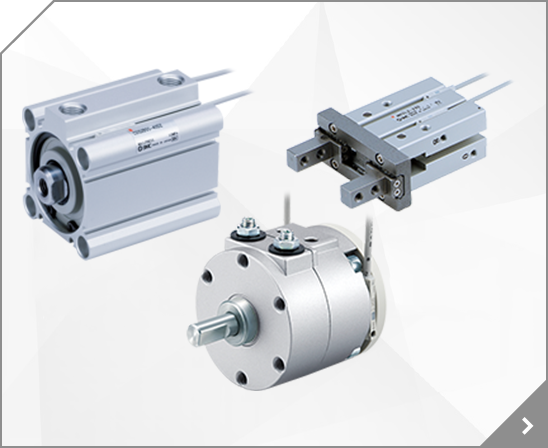
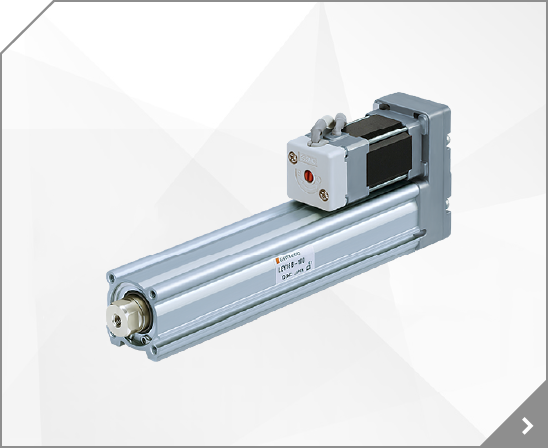
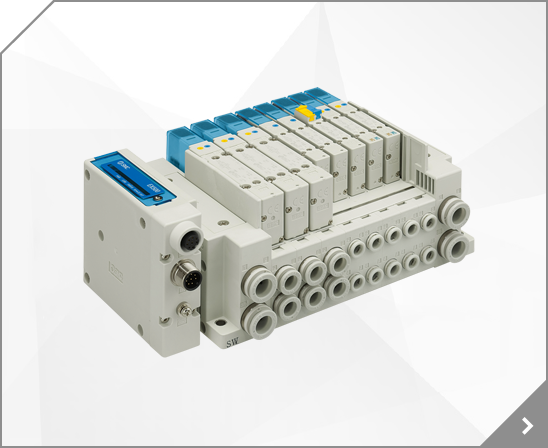
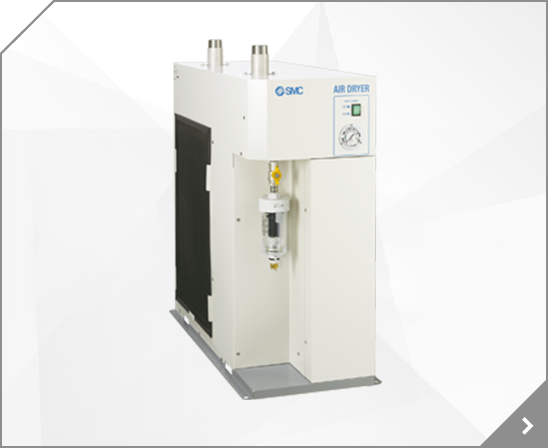
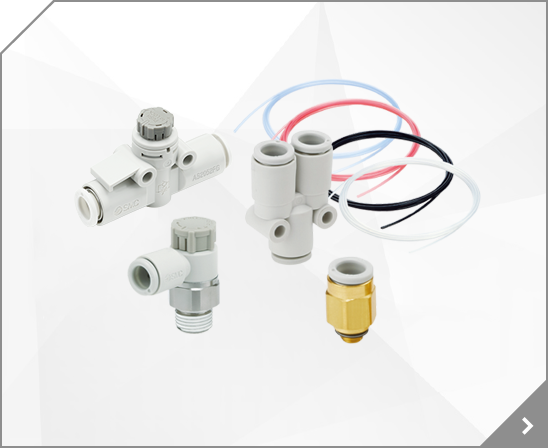
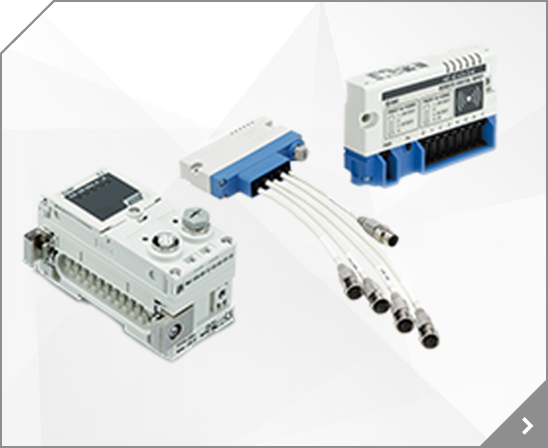
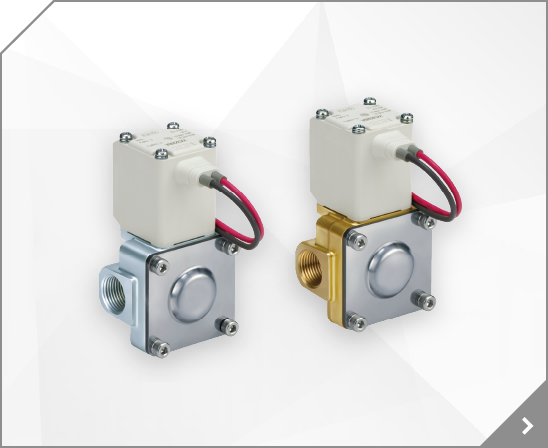
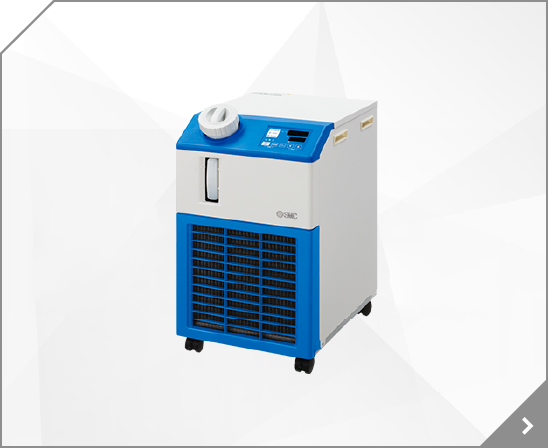
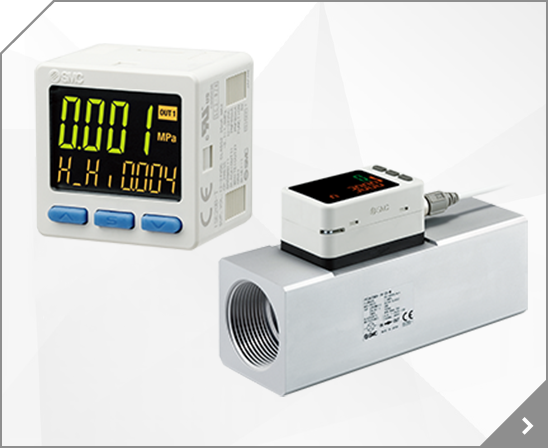
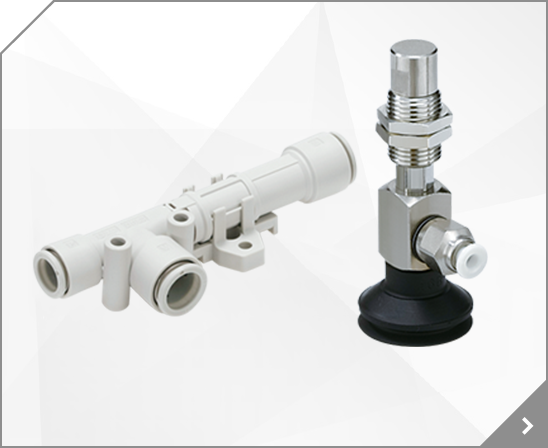

 Compact
Compact